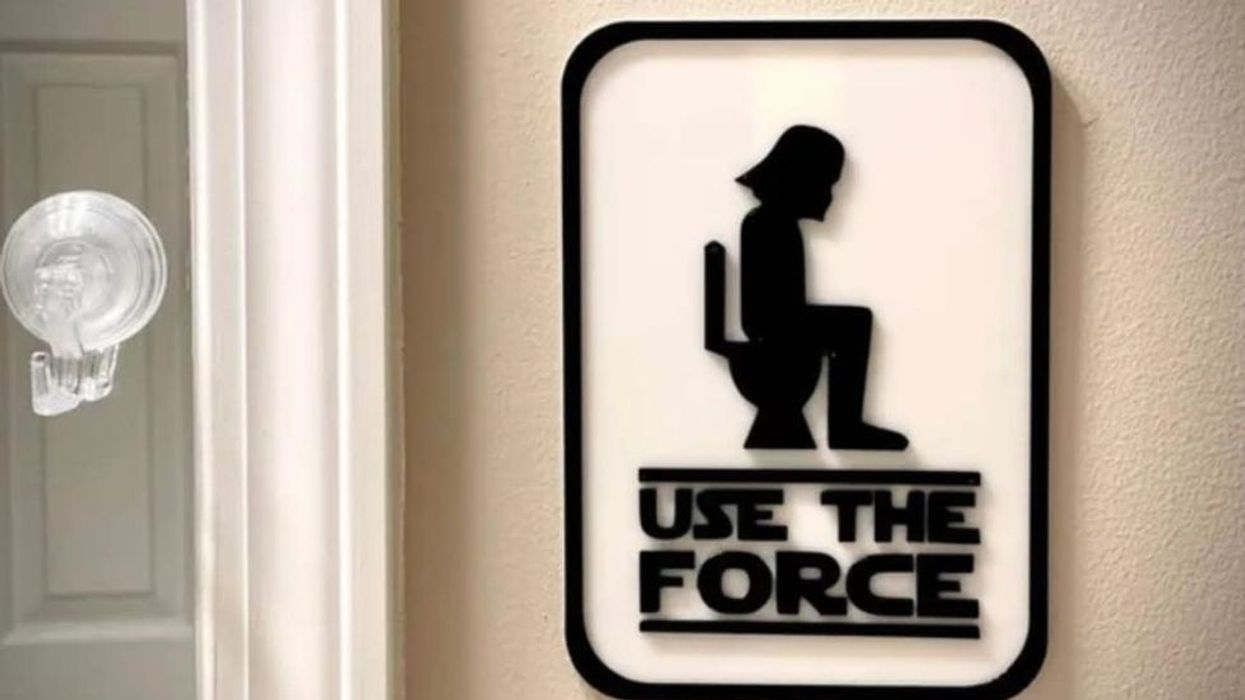Michelle Obama wants to end childhood obesity. Let's start by looking at school lunches.
In a public school somewhere, Mrs. Q is eating lunch. She's been eating like a kid every day for about a month. But unlike her students, the anonymous teacher has been posting photographs of her tray on Fed Up With School Lunch. She has eaten chicken popcorn and a pear, peanut butter and jelly sandwiches, and lots of variations on pizza. Mrs. Q doesn't claim to have the answers to the school lunch issue. And neither do most.
The lingering problem with the National School Lunch Program is that it isn't really devoted to serving healthy food. Farmers use the program as an outlet for surplus commodities, often a price support for milk or meat. Nutritionists use the lunch menu for researching food habits-whether that means introducing immigrants to American food and culture or promoting the latest advances in "good" nutrition. Free breakfasts and lunches have helped poor students, but free meals often consist of institutionalized hamburgers, French fries, and pizza.
The School Lunch Program continues to be one of the most important-and contentious-programs for changing American dietary health and the food system as a whole. And the Obama Administration appears to be making school lunch a priority for ending child obesity. On Tuesday, Michelle Obama launched a website, Let's Move, devoted to her campaign for greater physical activity, better food labeling, and healthier food in schools.
As Margo Wootan of the Center for Science in the Public Interest told USA Today:
Congress will be overhauling the Childhood Nutrition Act this fall. New legislation is expected to ban sugary treats and require more nutritious options-schools could do away with sweets vending machines. But the biggest complication about school lunch remains: Few teachers, parents, and policy makers have convincing plans to get children to eat what is good for them, rather than what tastes good, on the limited budget (about $2.68 for free lunches).
One reformer that's found a way to do that, however, is Tony Geraci, director of food and nutrition services at the Baltimore City Public Schools (and included in the GOOD Food 10). He told the San Francisco Chronicle that overhauling school lunches-replacing greasy French fries with nutrient-dense sweet potatoes containing familiar, kid-friendly flavors-would pay off in the long run. "Think of it as a down payment on a preventative health care program. The up-front costs of feeding our kids better food are wiped out on the back end by the high cost of treating Type 2 diabetes. To me, it's a no-brainer."
It's time that we all pay more attention to school lunches. If we don't treat them like the problem they are now, we'll pay for it later in medical bills.













